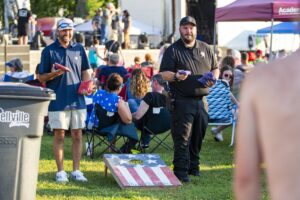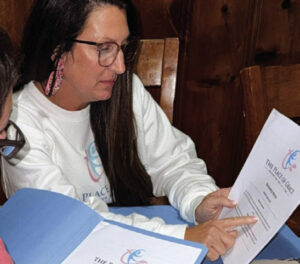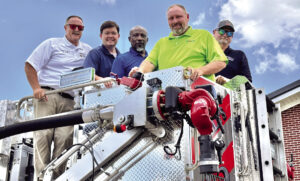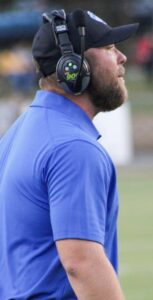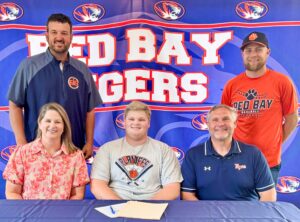What's new in the black powder world?
By By Otha Barham / outdoors editor
Dec. 5, 2003
The 18-year-old hunter crouched behind a large tree that grew along the Yadkin River in North Carolina. The whitetail buck stepped cautiously down toward the river on a trail that led from high on the hilltop. Sighting down the long barrel by lining up the tiny bead on the rifle's muzzle with the little V-notch in the rear sight, the young man touched the trigger and the gun fired.
He could not see the buck dash away because of the great cloud of smoke that burst from the priming powder in the pan that had been ignited by sparks from the flint striking the frizzen. As that small cloud drifted away with the breeze, the giant plume of smoke from the burning powder charge that followed the round lead ball from the barrel still blocked the hunter's view.
But moments later, the shooter picked up the blood trail of the lung-shot buck and followed it to his prize. Young Daniel Boone would be welcomed by his family when he carried the deer back to their cabin. The venison would feed them for a week or more and the hide would be traded for lead, powder, salt and other needs. The year was 1752.
Another hunter in another time sat in an elevated box called a "shoot house" or " shooting house" and leveled her rifle on a buck that stood on alert at the far end of a soybean field. The range was 175 yards. The shooter aligned the crosshairs of her variable power telescopic sight on the backbone of the buck and touched the trigger.
Smoke screen
The gun roared and white smoke gushed from the muzzle like weightless shaving cream, concealing the buck from view. When the smoke cleared, the white belly of the fallen buck appeared in the scope some 20 yards from where he had been standing. One last kick and then he was still.
The buck was loaded onto an ATV and transported to a waiting pickup truck that delivered the deer to a processor who would make sausage and steak from the venison. This family too would eat well. The year was 2003.
Yes, black powder hunting and its tools have changed over the last two and a half centuries. In some ways we see a lot of change. And in other ways we find little.
Boone's first rifle, given to him by his father when they lived in Pennsylvania, was probably made by a German immigrant gunsmith there. It was likely about .45 caliber and required molding blocks for making lead balls, black powder, patching cloth and flint for the hammer jaws.
The flintlock's long barrel facilitated a good sighting plane and allowed all the slow-burning powder to burn before the lead ball exited the barrel, thus maximizing velocity. The only access to the firing chamber in Boone's rifles was through the muzzle with a long rod, the chamber being actually the breech end of the barrel. Cleaning and loading were slow.
The latter hunter cleaned her rifle by unscrewing a breech plug from the barrel, cleaning it and the attached nipple, and then running a solvent soaked cloth through the barrel end to end.
Repeat performance
Beyond these differences, the two hunters pretty much bagged their game the same way. Only one shot is available, and then one must reload.
But improvements in bullet design have come along rapidly in the last decade or so, and give a big advantage to today's muzzle loading shooters. If hunters choose to use the most modern black powder rifles rather than primitive replicas (and if they are legal) they can shoot expanding bullets that are very accurate and are manufactured to exacting specifications. These bullets are loaded ahead of pelletized powder for precise measuring. And nowadays a rifle scope to precisely place the shot is legal in many states.
Having perfected the modern "in-line"ignition system that solved several perennial problems with muzzle loading rifles, companies are now moving to make other improvements. Knight Rifles has developed a rifle that addresses probably the most dreaded task facing the black powder shooter cleaning the gun after firing it.
This is one more in a series of improvements being designed into today's muzzle loading rifles. Knight's rifle is of the "drop action" design. A lever exposes the chamber for ease of dropping in their plastic primer holder. The .50 caliber rifle can be cleaned simply by exposing the action which also makes the barrel accessible. The new rifle is called the Knight Revolution and will be available in late February.
Black powder innovations continue. Stay tuned.


